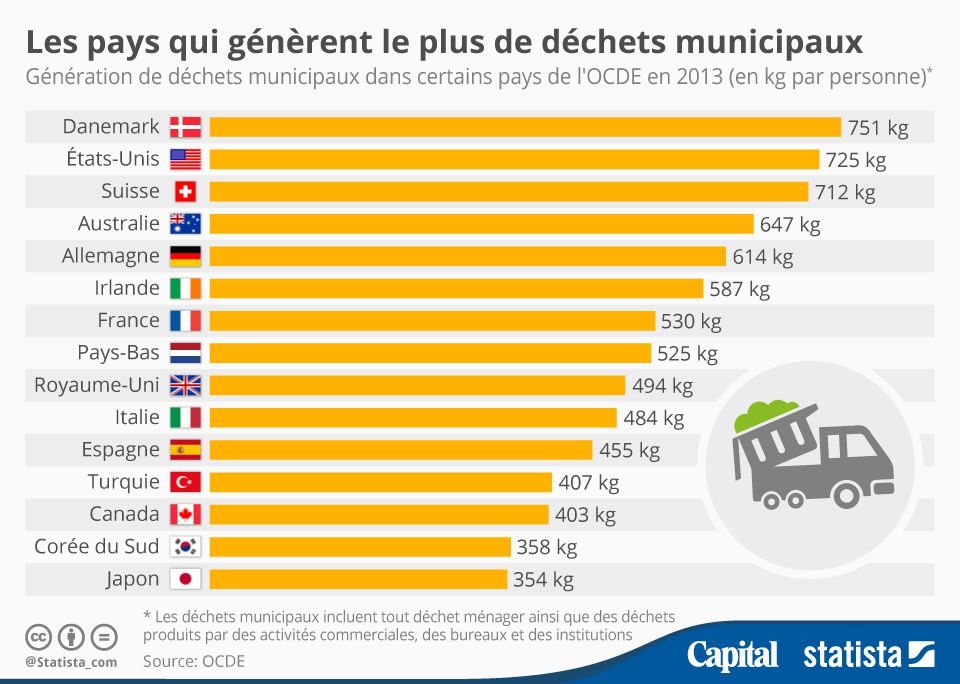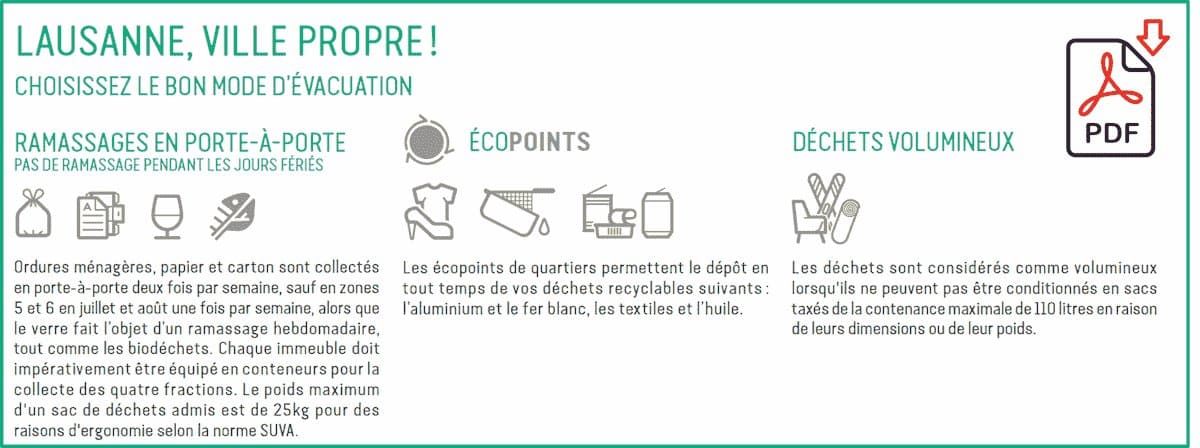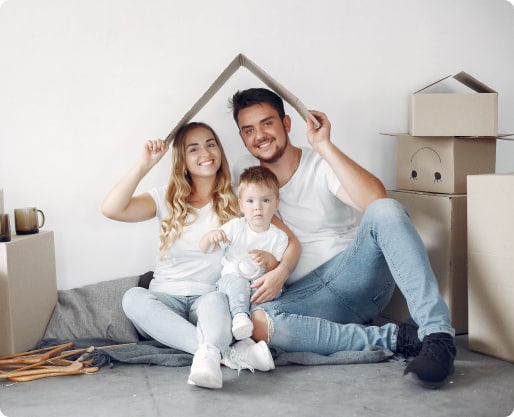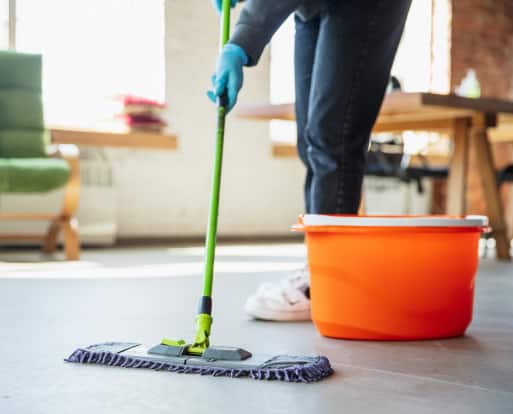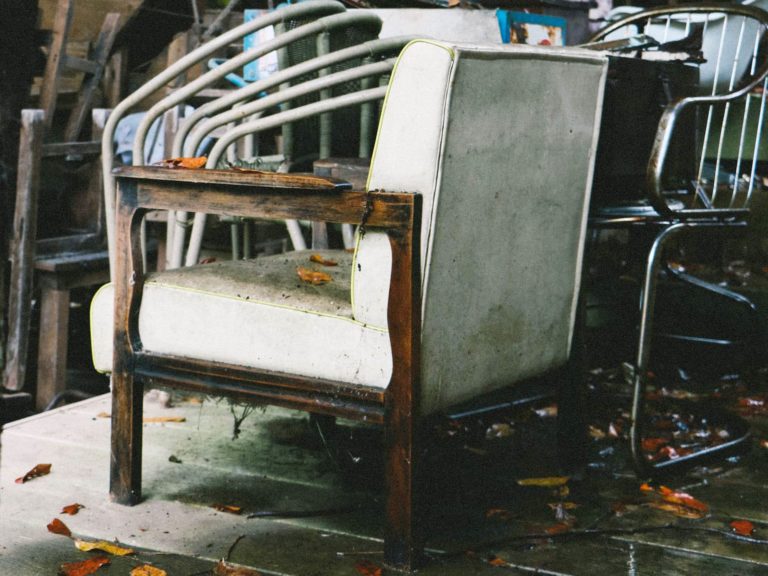With around 50% of household waste recycled, the Swiss are pretty good students. However, with more than 700 kg of waste per capita and per year, the Swiss are among the biggest creators of waste in Europe. So, how can we sort and recycle on a daily basis to make ecological savings?
What is recycled in Switzerland?
About fifteen types of waste are collected in Switzerland, but this varies from one recycling center to another. Let's start with recyclables. This is waste that is systematically recycled. However, each municipality has a certain freedom regarding the management of their citizens' waste. Remember to check with your municipality to find out the regulations regarding waste management in your area.
- The cardboard (cereal boxes, cake boxes, pizza boxes and others) as long as they are not too soiled (too dirty or too damp).
- The paper (letters, newspapers, advertisements, magazines, leaflets) is almost always recycled. However, photo paper and wallpaper that are laminated and have undergone specific treatment are not recycled.
- Steel and aluminum (tin cans, aluminum trays, cans, aerosols). Aluminum coffee capsules can also be recycled.
- The glass (glass bottle, broken window)
- Plastic bottles. As a general rule, only plastics used to make bottles and other containers are recycled. This means that your water, milk or oil bottle as well as your shampoo or cosmetic bottles are recyclable, but plastic cups, plastic tableware or plastic food trays are not.
- Raw vegetable waste and eggshells (compost). There are compostable bags available in supermarkets.
Sometimes some packaging is made up of several materials, some of which are recyclable. In order to reduce the amount of waste that ends up in a taxed garbage bag, it is a good idea to separate these materials. For example, remove the cardboard around yogurts, separate the transparent plastic from the cardboard for gift wrapping, peel off the plastic film from the cardboard when you buy smoked salmon, etc. Be careful, beverage cartons are unfortunately not recyclable and must be thrown in the regular trash.
What waste should never be put in a trash can?
There are wastes that cannot be thrown into a regular trash can. For some of these wastes, there are specific disposal channels.
- Batteries, batteries and bulbs which are recycled via specialized channels (at the recycling center or via terminals available in certain supermarkets)
- Medicines that must be brought back to the pharmacy
- Waste electrical and electronic equipment, for which there are dedicated channels, but which you can take to a recycling center. Any purchase of an electrical or electronic device includes a tax that finances the recovery and disposal channel for defective objects. As a result, the law requires sellers to recover used devices
- Cooking oils could be thrown into your regular trash, but it is better to take them to a recycling center. Do not throw them into the drains, as this can block them and complicate the treatment of wastewater.
- Engine oils and other waste oils must be thrown away at your local recycling center or garage.
- The tires which must be taken to a specialist, to the recycling center or to a distributor
- Large waste of scrap metal, wood or materials which must be taken to the recycling center
How do I organize my sorting?
By sorting properly, a household can reduce the number of garbage bags taxed by 4, or more. For a household of 4 people who use 2 bags of 35 liters per week, this represents a saving of nearly 12 CHF per month or 144 CHF per year. Almost enough to pay your phone subscription. Sorting is therefore beneficial for the wallet, but also for the environment.
The first thing to do is to inform the other members of your household, especially the children, so that they understand exactly what should be thrown in the trash and what should be sorted. Then, it is a question of finding a space where you can arrange your bags or bins in which you can put your recyclable waste. It is not necessary to have 15 different bins, generally 2 or 3 are enough. For example, a bin for paper and cardboard, another bin for your PET, aluminum, glass bottles, and then a last one for compost. Of course, it depends on the waste you produce the most. So there is no absolute rule. Still, provide a bag for paper and cardboard.
Recyclage express will soon offer you very practical recycling bins that fit into all spaces.
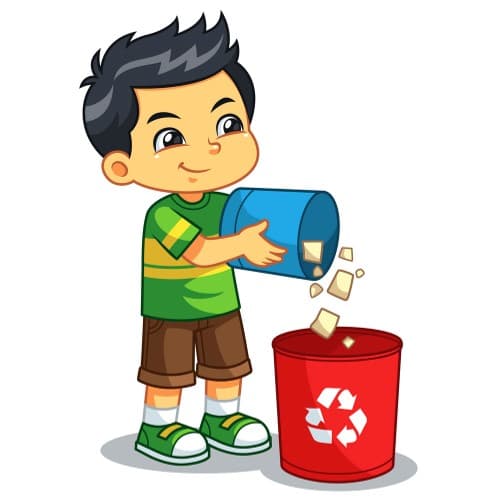
Subscriptions: Collection of Recyclable Waste
| Subscriptions | Services | Price/month |
|---|---|---|
| Budget | 1 time per month | 29.90 CHF |
| Good deal | 2 times a month | 49.90 CHF |
| Custom subscription | To be agreed | Quote within 24 hours |
How do I take my waste to collection points or recycling centers?
In Switzerland, everyone has access to a recycling center and there are many ecopoints. Depending on the municipality where you live, different containers are available to you directly at the bottom of your building. If you are lucky, you have a container for your incinerable trash, another for paper and cardboard and a last one for glass.
Many municipalities, generally on the outskirts of large cities, only provide one container for taxed garbage bags at the bottom of your building.
As for ecopoints, it's the same principle, some municipalities have several ecopoints where it is possible to throw away pet, aluminum, glass, sometimes batteries and bulbs (ecopoints of the city of Lausanne). Other municipalities do not offer any ecopoints. There is therefore a certain inequality regarding access to the waste disposal service.
Depending on the amount of recyclable waste you produce, you will need to go to the ecopoint or your recycling center generally once a week. Be sure to check the opening hours of your recycling center, as they vary greatly from one municipality to another (see: Lausanne recycling center opening hours.pdf). Other waste that is not directly recyclable can only be deposited at a recycling center.
If you don't have time to go to a collection point or a recycling center, Recyclage Express offers you a subscription system. We come 1 to 4 times a month to collect your recyclable waste from your doorstep. (www.recyclage-express.ch/recyclage).
Quiz: Recycling 
No, a used tissue should be thrown in the normal trash. Indeed, by being incinerated it will produce energy while if it is thrown in the paper it will require additional treatment making its recycling less inefficient.
No, there is already enough combustible waste in our trash cans, even too much.
No, you should not leave the lids on, because that weakens the glass. In the end, people are paid to separate the lids from the containers, so it is better to remove the caps from the bottles.
No, you shouldn't, because they don't dissolve in water and can clog pipes. They make water treatment more complicated. The best thing to do is to take them to a recycling center or, if that's not possible, put them in a plastic bottle and throw them away with your incinerable waste.
Opaque and transparent bottles are of the same composition, but should not be mixed, as they follow a different recycling process. Generally, in supermarkets, collection points or recycling centers there are separate compartments for transparent and opaque PET bottles.
In a household trash can, we have about 80% of waste that is recyclable. There remain the berlingots (composite materials), the paper handkerchiefs, the yogurt pots and the wrapping papers which are not recyclable.
Batteries still contain a lot of recyclable materials such as zinc and mercury. Mercury is very toxic, in Switzerland we have an obligation to recycle it. In addition, recycling batteries saves our natural resources. With a recovery rate of 70%, there are still more than 900 tons per year that end up not recycled, which represents 810 kg of mercury that ends up in the wrong place.
Some are, some are not. In fact, they are sometimes treated against humidity which prevents the paper from dissolving. Under the bag, there is a small R symbol circled which indicates that the bag is recyclable. If there is no such symbol, then you must put your bag in the trash.
You can put them all in recycled paper. If the envelope packaging says 100% recyclable, then the plastic window is made of recyclable cellulose. Some envelopes have a plastic window, but it's not so bad if you put them in recycled paper, because you can easily separate the plastic from the paper.
There you have it! Sorting is not rocket science. What happens once it reaches the recycling center? In a future article, we will look at this subject.
